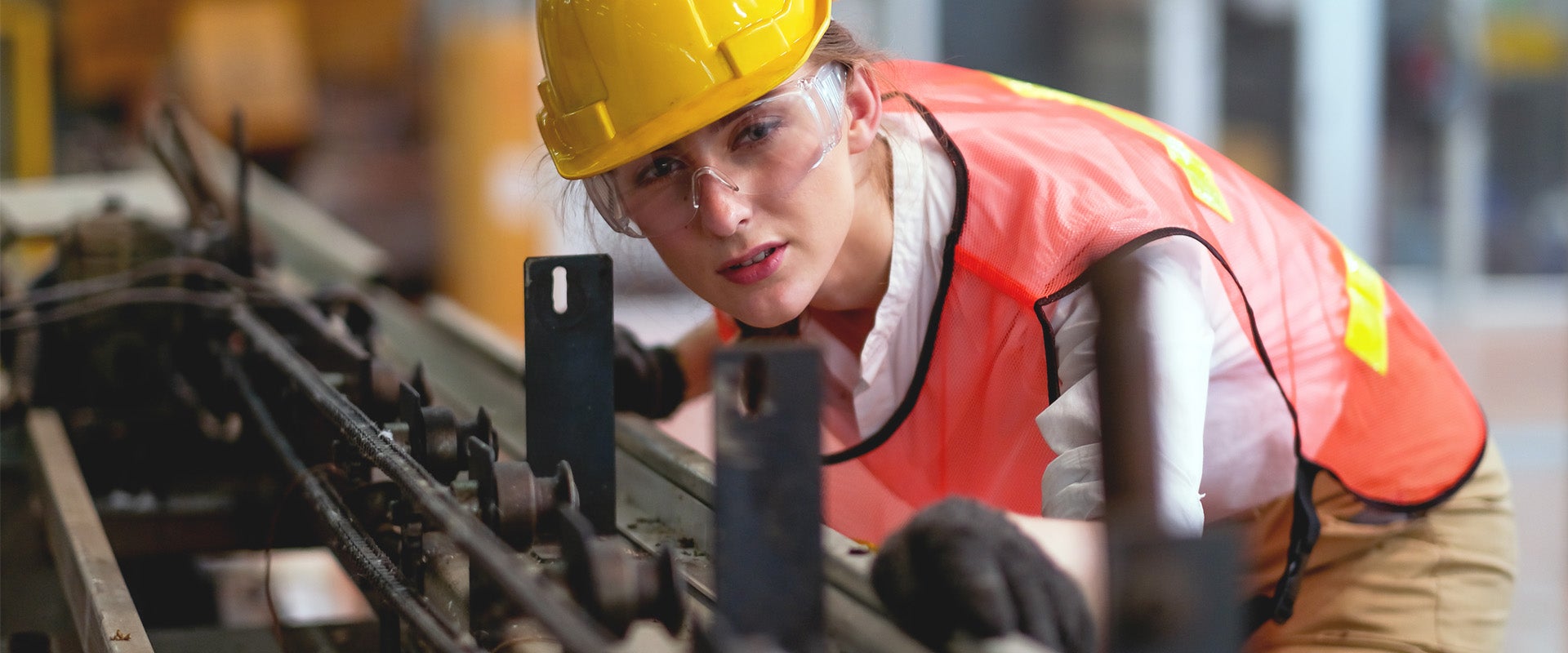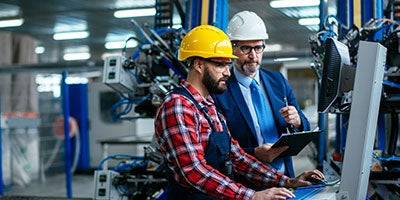
In June 2022, L.E.K. Consulting surveyed more than 160 U.S. industrial equipment and technology (IE&T) company executives — including leaders from some of the industry’s biggest players — and conducted in-depth interviews with senior executives at top manufacturing companies. The goal of the survey was to better understand how manufacturers are addressing an unprecedented confluence of challenges and how they are planning for the future.
Every IE&T company faces a unique set of challenges shaped by the primary end markets they serve. Nevertheless, our survey found that material costs, inflation and supply chain disruptions are having the biggest impact on the near-term strategic priorities of these businesses. Many are already undertaking numerous initiatives to address these trends.
Material costs and inflation: Companies continue to battle cost inflation. Some 75% of companies have already added suppliers, implemented new pricing structures and improved costing fidelity, with around 78% passing on most or all cost increases to customers. More than 50% of respondents expect prices to continue rising through 2025. To mitigate the impact of these increases and improve their price forecasting abilities, executives plan to accelerate investments in inventory management.
Supply chain disruption: Respondents report no cure-all measures. Companies are accelerating investments across a range of areas — such as inventory buffers, monitoring systems, supplier diversification and reduction of specialized parts in favor of common componentry — but are encountering a range of economic and time constraints, as well as partnership challenges, in the process.
Labor and Automation
Labor shortages: Almost 50% of manufacturers are experiencing labor shortages, a situation they expect to continue for the remainder of 2022. Over 80% of companies expect that compensation increases, retention incentives and location openings will be needed to attract labor in coming years. They also say that training and upskilling programs will be required to shape the talent they need.
Automation: Labor shortages and cost increases have kept IE&T companies focused on efficiency. As a result, they expect to accelerate investments in automation over the next three years in order to replace their workforce. Over two-thirds of companies have made investments in facility automation, robotics and manual process replacement over the past three years. And over the next three years, more than 85% anticipate an increasing number of those investments. Executives expect the most substantial investment increases will be in robotics, primarily because tasks that previously did not have an attractive ROI when performed robotically are becoming more appealing.
Nonetheless, there are still challenges to address. Executives say that required investment and unclear ROIs are the biggest obstacles to launching automation initiatives. Facility automation and adapting manual manufacturing processes can be time intensive due to the design, planning, implementation, expertise and investment required.
To learn more about the issues impacting U.S. IE&T companies and how they plan to address them, please download our analysis.
For more information, please contact industrials@lek.com.
05092023150547




